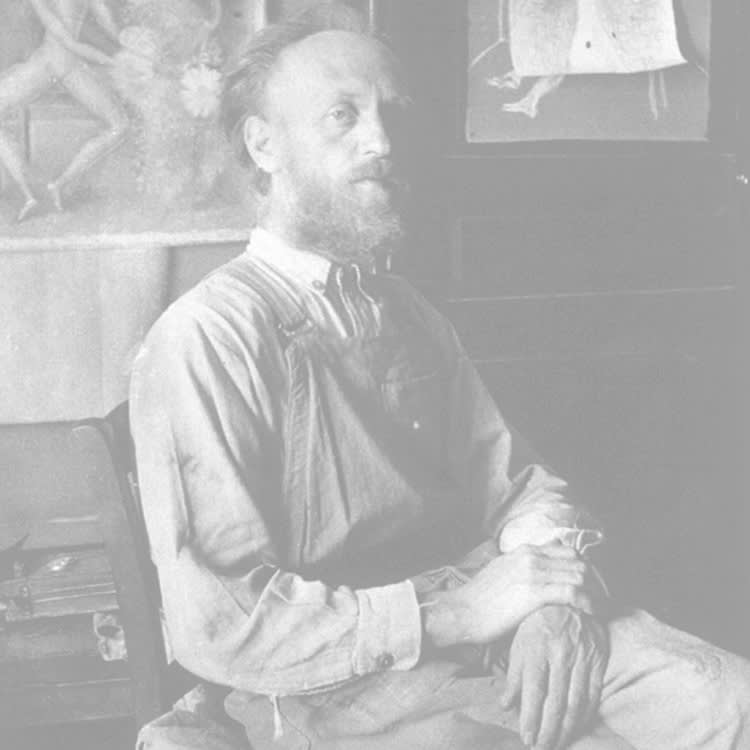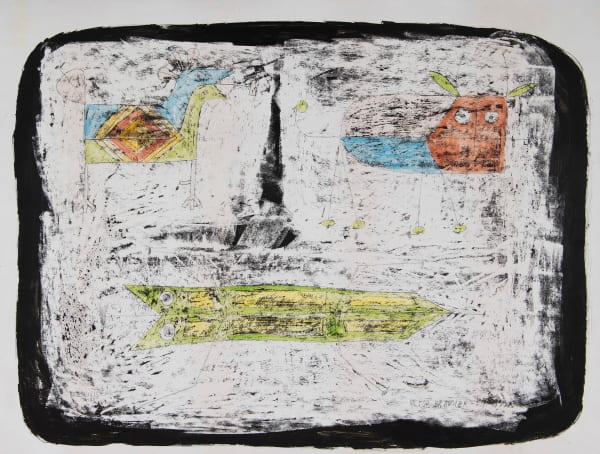VICTOR BRAUNER 1903-1966
A unique figure of Surrealism, Victor Brauner (1903-1966) was a painter of the unconscious and the mysterious, exploring a dreamlike universe filled with symbols and metamorphoses. A key artist of the Romanian avant-garde, he played a crucial role in the dissemination of the Dada and Surrealist movements, notably through artistic journals such as 75HP and UNU. His work, imbued with magic and esotericism, is now exhibited at HELENE BAILLY gallery.
In 1930, he moved to Paris, where he befriended Constantin Brancusi, Alberto Giacometti, and Yves Tanguy. The latter introduced him to the leading figures of French Surrealism, including Marcel Duchamp, Man Ray, and André Breton, who wrote the preface for his first Parisian exhibition in 1934. Breton praised the artist’s boundless imagination, although the public was not yet receptive to his work.
After returning to Bucharest in 1935, he moved back to France in 1938, then settled in Southern France and later in Switzerland to escape the war. During this period, Victor Brauner is an artist who experimented with small-format works, developing a personal style filled with mystery and dreamlike elements.
In 1945, he returned to Paris and participated in the 1947 International Exhibition of Surrealism at Galerie Maeght, where he showcased his famous Loup-table, an emblematic Surrealist work often compared to a ready-made.
Excluded from the Surrealist circle in 1948, Victor Brauner became a painter who focused on drawing and encaustic painting, developing a style characterized by stylized forms and increasing abstraction. Initially underappreciated, his work gained recognition over time. He was notably honored with a solo exhibition at Galerie Bodley in New York in 1961 and was selected to represent France at the Venice Biennale in 1966.
Today, Victor Brauner is an artist whose works are held in major international collections. In 2020, a retrospective was dedicated to him at the Musée d’Art Moderne de Paris, reaffirming his fundamental role in the history of Surrealism.


